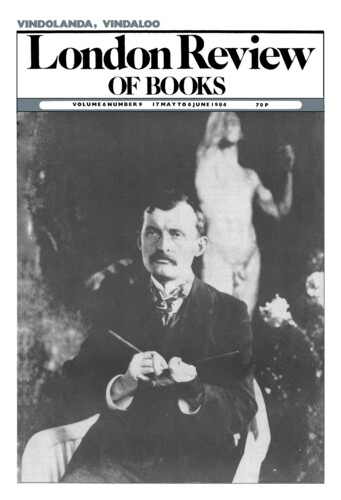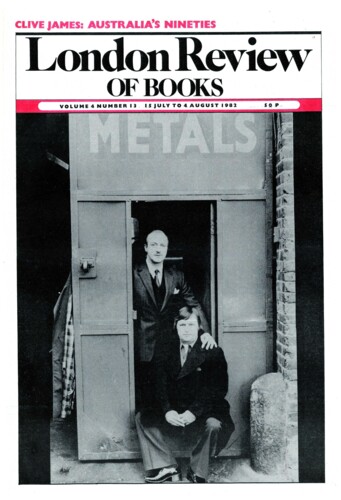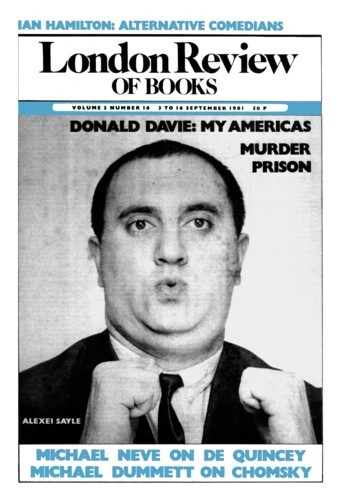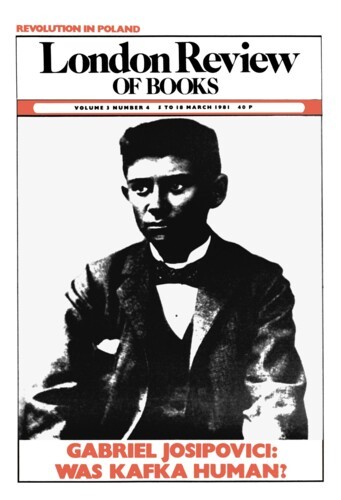Gangsters in Hats
Richard Mayne, 17 May 1984
One minor pleasure of growing up is being allowed to buy sweets ad lib. The same applies to thrillers and detective stories. But there’s a difference. Few dieticians or gourmets would recommend or gravely evaluate competing brands of candy: yet ‘popular culture’ – including comic strips, trash films, junk videos, and rock music – is reviewed and criticised nowadays alongside opera, chamber music, paintings, novels, poems and plays. The main reason is probably media hype. A second is nostalgic self-indulgence – finding pretexts not to put away childish things. A third, perhaps, is semantic slippage, eliding the difference between ‘a culture’, in the anthropological sense, and ‘culture’ tout court. When millions enjoy something, the interest it arouses need not be aesthetic. George Orwell saw propaganda in boys’ weeklies and ‘the worm’s-eye view of life’ in seaside postcards. He was hardly concerned with Frank Richards as a novelist or (despite his essay’s title) the art of Donald McGill.–





